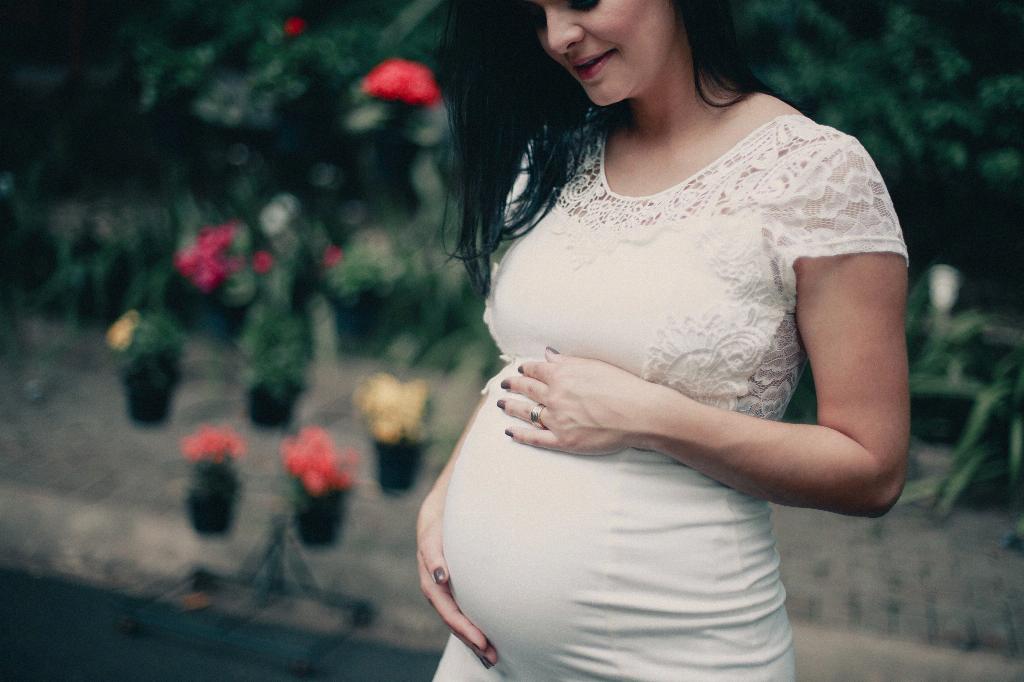Many expectant mothers wonder about the safety and benefits of continuing their stretching routine during pregnancy. It’s crucial to recognize that gentle stretching can be highly beneficial for both the mother and the developing baby.
Benefits of Stretching While Pregnant
Stretching exercises can help alleviate common discomforts associated with pregnancy, such as back pain and muscle tightness. They also promote better circulation and flexibility, which can be especially beneficial during pregnancy when the body undergoes various changes.
Considerations for Safe Stretching
While it is generally safe to continue stretching during pregnancy, it’s important to listen to your body and make modifications as needed. Avoid overstretching or pushing yourself too far, particularly as your body’s ligaments become more relaxed due to hormonal changes.
Best Practices for Stretching While Pregnant
When incorporating stretching exercises into your routine during pregnancy, focus on gentle stretches that target areas prone to tension, such as the lower back, hips, and legs. It’s essential to move slowly and avoid sudden, jerky movements to prevent injury.
Consult with Your Healthcare Provider
Before starting or continuing any exercise routine, including stretching, during pregnancy, it’s advisable to consult with your healthcare provider. They can provide personalized guidance based on your individual health and pregnancy status.
Modifications During Each Trimester
As your pregnancy progresses, your body will undergo significant changes. It’s crucial to adapt your stretching routine accordingly. During the first trimester, you may be able to continue your regular stretches with slight modifications. However, as your body changes in the second and third trimesters, you may need to adjust your positions and movements to accommodate your growing belly.
Warning Signs to Watch Out For
While stretching can be beneficial, it’s essential to be aware of warning signs that may indicate you should stop or modify your stretching routine. If you experience pain, dizziness, shortness of breath, or any other concerning symptoms while stretching, it’s important to discontinue the exercise and consult with your healthcare provider.
Alternate Forms of Stretching
If traditional stretching exercises become uncomfortable or challenging during pregnancy, consider exploring alternative forms of stretching, such as prenatal yoga or gentle Pilates. These practices can provide similar benefits while being specifically tailored to the needs of expectant mothers.
Listen to Your Body
Above all, trust your body’s signals and adjust your stretching routine accordingly. If a particular stretch feels uncomfortable or causes pain, stop immediately. Honor your body’s limitations and prioritize safety and comfort throughout your pregnancy.
Staying Active Throughout Pregnancy
Incorporating stretching into your overall fitness regimen can help you stay active and maintain your overall well-being during pregnancy. By combining stretching with other forms of gentle exercise, such as walking or swimming, you can support your physical and mental health throughout this transformative journey.
Final Thoughts
Ultimately, stretching can be a safe and beneficial practice during pregnancy when approached mindfully and with care. By understanding the benefits of stretching, making necessary modifications, and listening to your body, you can enjoy the positive effects of stretching while supporting your overall health and well-being during this special time in your life.

